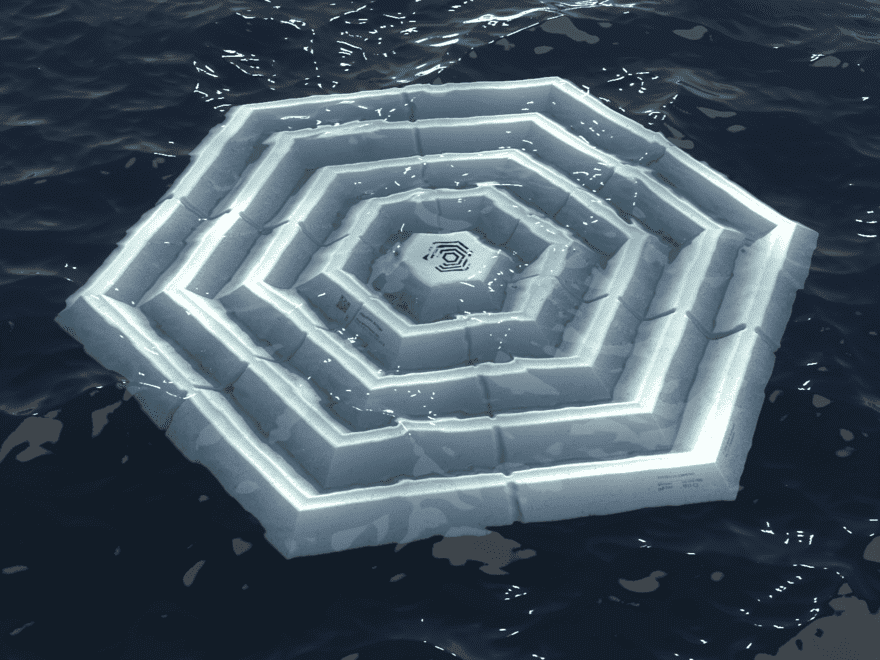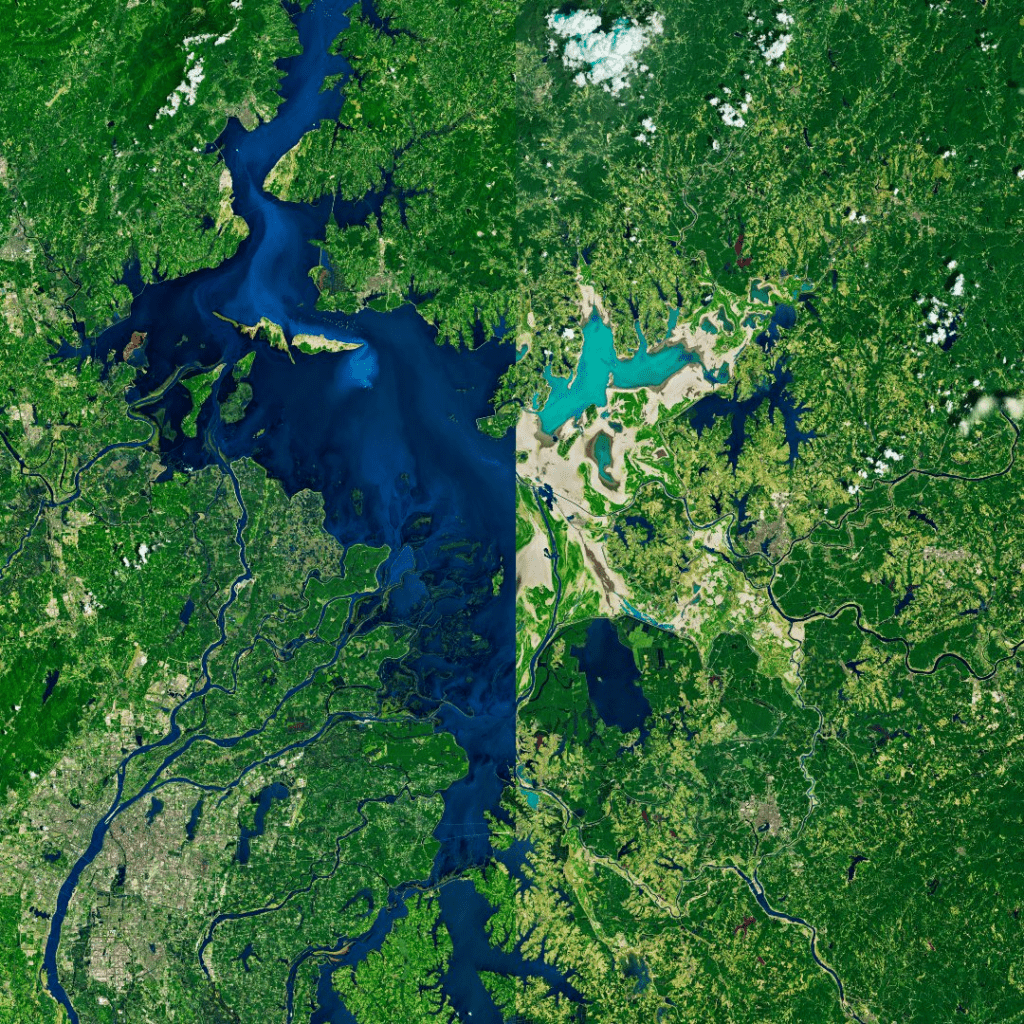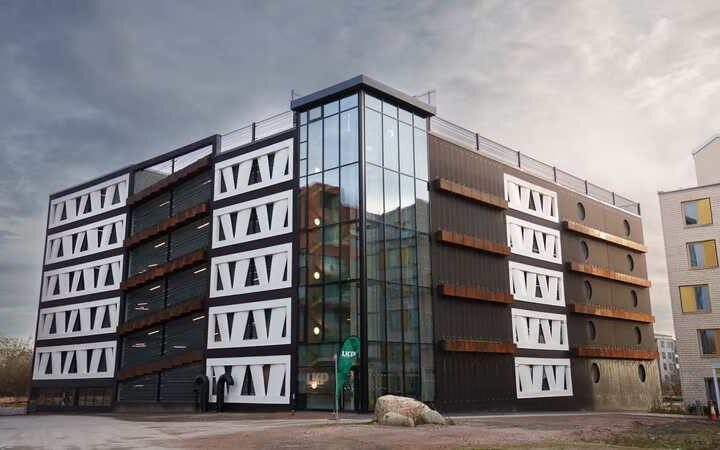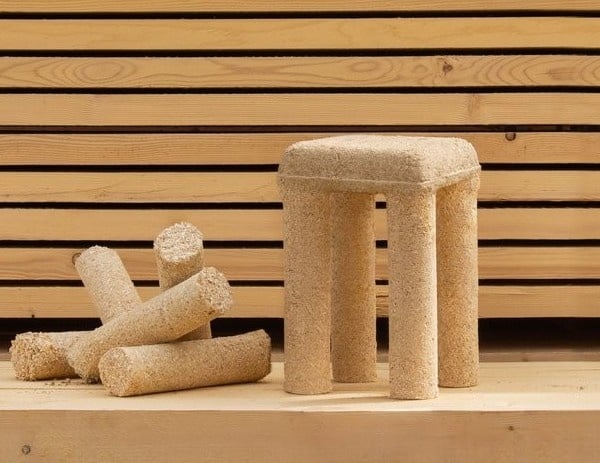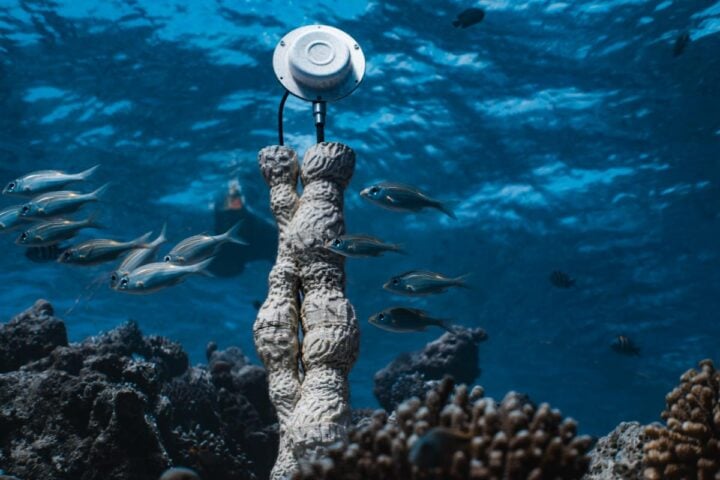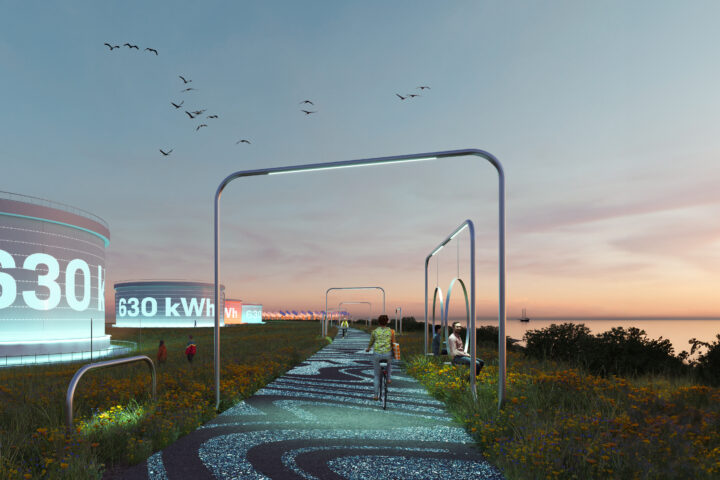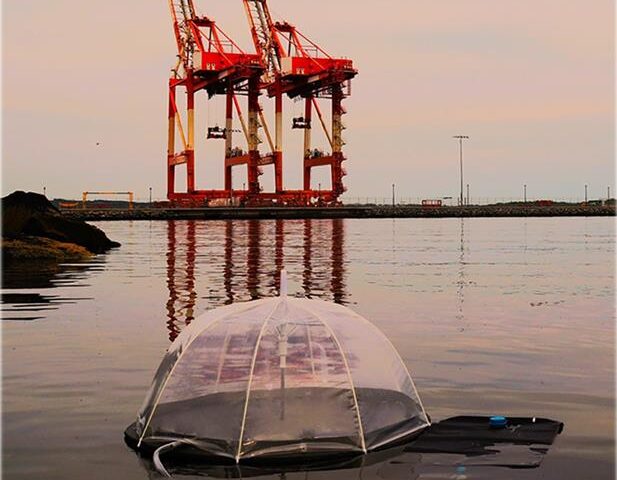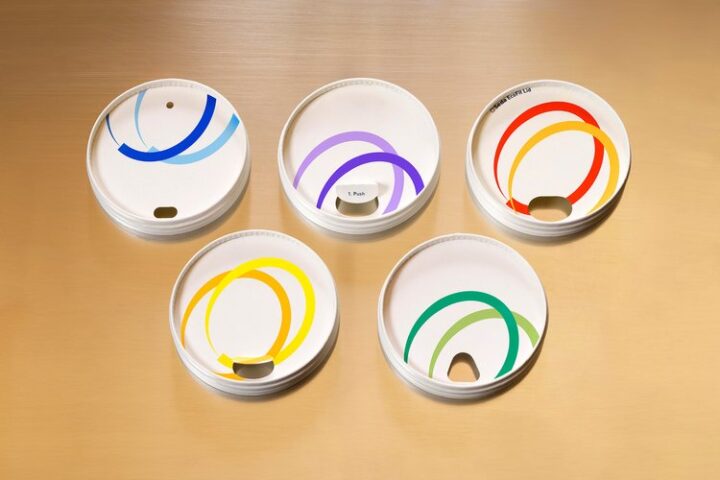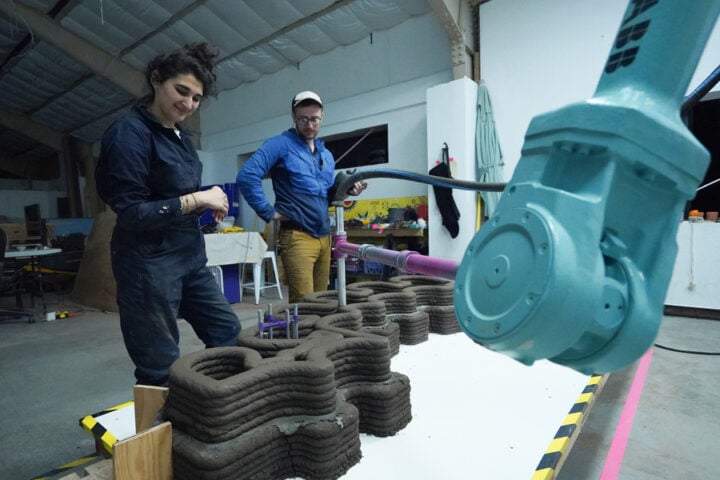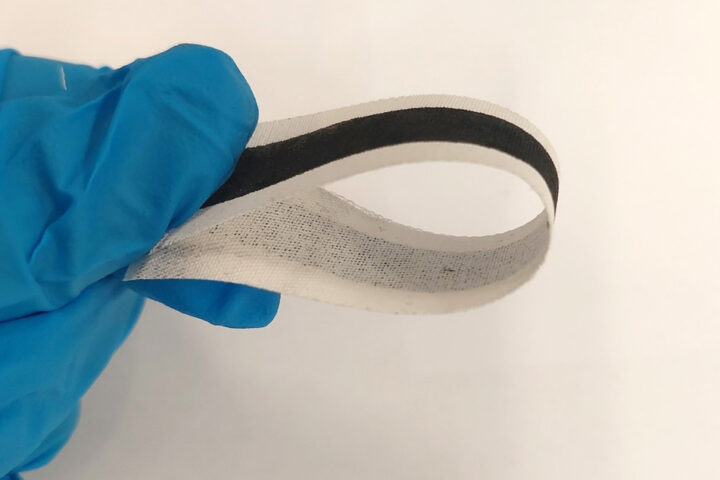Climate change is regarded by the World Health Organization as the greatest threat to global health in the twenty-first century. Climate change in its current iteration includes global warming and its impacts on Earth’s weather patterns. This change is caused mostly by the various emissions that come from the use of fossil fuels for energy production. Additional sources include certain agricultural practices, industrial processes, and forest loss. Even if efforts to reduce future warming are successful, some consequences will last for centuries. These include rising sea levels due to ice caps melting and warmer, acidic oceans. Most affected by the sea level rise will be less developed countries & island nations that have contributed the least towards global warming.
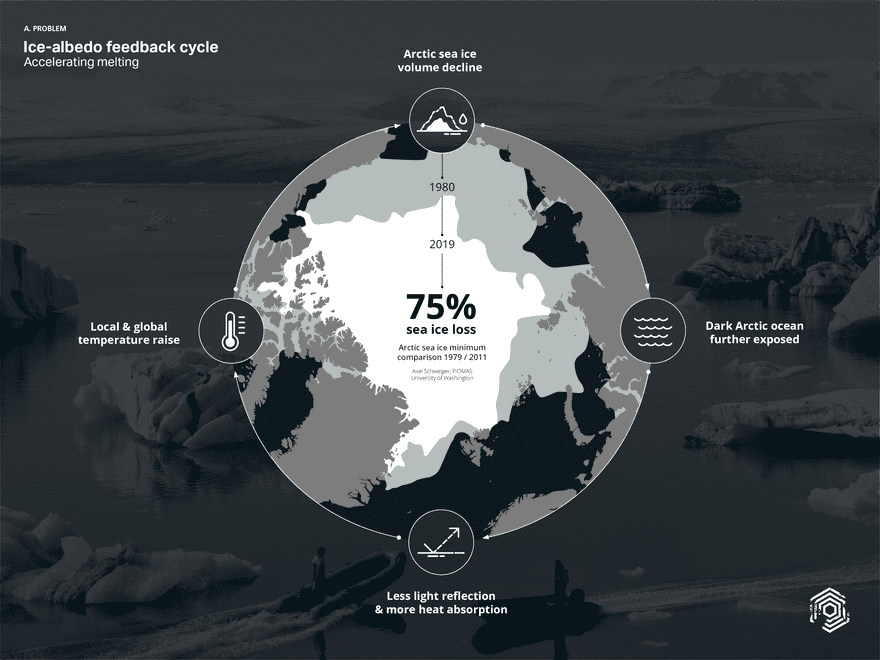
To combat this, Project Arcstar has created large floating devices that work year-long to help combat climate change. The design is developed by Niklas Andreasen, an industrial design specialist from FH JOANNEUM University of Applied Sciences. Large areas of the icy ocean can be covered with the help of their floes. These floes look like giant white, floating crystals. Their composite structure reflects sunlight like any other regular sea ice. Bright white color and optimized pore geometry enable these floes to reflect sunlight from entering the ocean surface which helps lower the average water and ambient temperatures.


The floes slowly degrade with time as they are made of biocomposite structures. These floes are also sustainable since they are made locally from biowaste materials. In simple terms, these devices aid in the freezing process and help form new sea ice with the least carbon footprint from its manufacturing. As a result, the ice in the world’s comparatively more robust warming environment is preserved for longer, allowing for proactive climate change mitigation.




The change these devices will bring is increasingly important since many of these impacts are already felt at the current level of warming. Additional warming will amplify these effects and may result in tipping points, such as the melting of the Greenland ice sheet. Global sea level is rising due to glacial melt, ice sheet melt in Greenland and Antarctica, and thermal expansion. The rise increased over time, averaging 3.3- 0.3 mm per year between 1993 and 2020. In a very high emissions scenario, the IPCC predicts that the sea level will rise by 61-110 cm over the next century. Increased ocean warming is undermining and threatening to unplug Antarctic glacier outlets, putting the ice sheet at risk of significant melt and a 2-meter sea level rise by 2100 under high emissions scenarios.


Climate change has resulted in decades of Arctic sea ice shrinking and thinning. While ice-free summers are expected to be rare at 1.5 °C of warming, they are expected to occur once every three to ten years at 2 °C. Changes in ocean chemistry have resulted from increased atmospheric concentrations. Amidst such a critical situation, the mobile floes can be deployed directly into waters from the production unit by the shore. The Beaufort Gyre and the Transpolar Drift will help in the launch of Project Arcstar’s highly mobile floe, along with natural drift in the right direction by environmental influences. Compact vacuuming helps land-, water- and air-supported planned target applications of the floes. After deployment, the floes can work on their own without any external assistance. Environmentally friendly decomposition will allow the floes to degrade with zero environmental impact.
